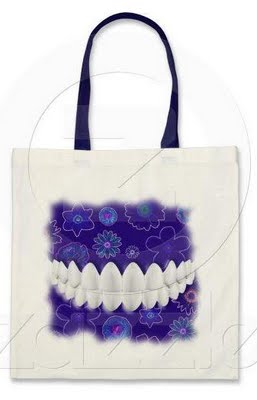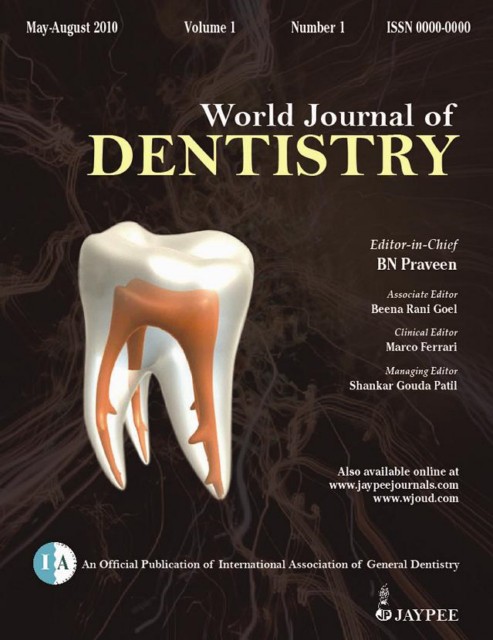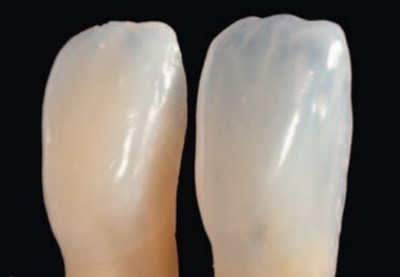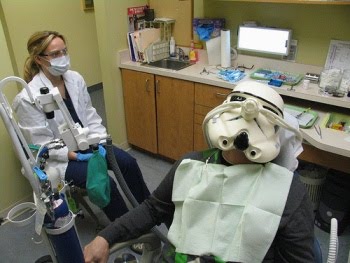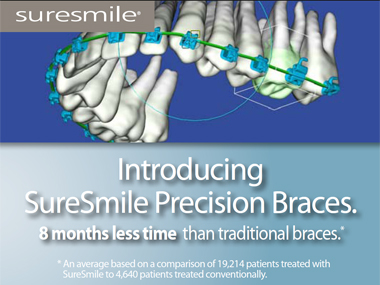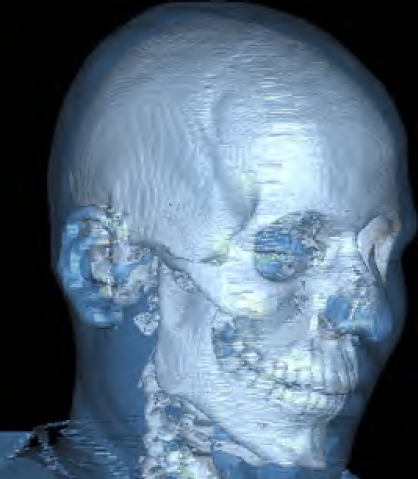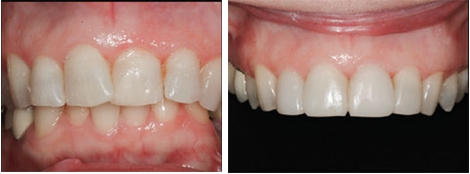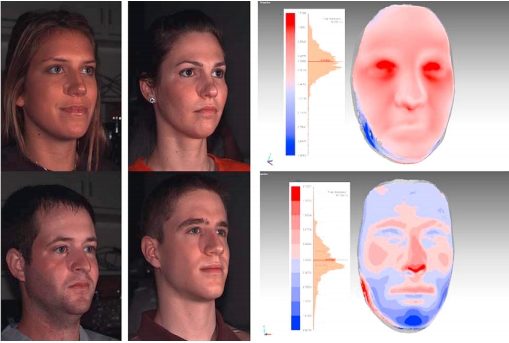Dental clinic Murder, New Regulation, MCI president arrested, PG seat Scam, Free journal, Banking virus, articaine is better ?
Wife murders husband in Dental Clinic
A young woman has been arrested for murder of her husband on Tuesday in a dental clinic in village Lambra. She has told police that her paramour, along with three of his accomplices, had killed her husband in her presence.
They stabbed him to death and Amandeep was then tied up. Fact of the murder came to light when a patient visited the clinic and found Boota in a pool of blood and Amandeep tied up in an unconscious state. MORE
Medical Council President Ketan Desai arrested
Dr Ketan Desai and two others were arrested late on Thursday for allegedly accepting a bribe of Rs two crore to grant recognition to a medical college in Punjab.
Desai was arrested late last night after the CBI conducted searches at his office here following information that he along with his associate Jitender Pal Singh was allegedly demanding a bribe of Rs two crore to recognise a college in Punjab. The CBI laid a trap after receiving a complaint and caught Singh red-handed with Rs 2 crore, to be delivered to Desai. MORE HERE
According to the statement of objects and reasons appended to the Bill, it provides for constitution of a national council consisting of representatives from the Medical Council of India, the Dental Council, the Nursing Council etc., to determine the standards for the clinics, classify them, develop the minimum standards and their periodic review, compile, maintain and update a national register of clinical establishments.
Besides, State Council will be formed in the States. Under the Bill no person could keep a clinic unless it was registered in accordance with the relevant provisions. However this would not apply to clinics of the armed forces. MORE
IPL Matches are fixed
The Indian Premier League (IPL) matches you have been keenly following for most of the past two months have been fixed, according to an income tax (I-T) report. Worse still, by none other than your cricketing idols. MORE HERE
Dental art from Lithuania
Designer Jolanta Prunskaite takes pictures of teeth and different pictures of mouth and turns them into unique pieces of arts. There are a lot of different colors and designs that are used in making the art for odontology and if you or someone that you know has dental practice, any of these paintings would be an ideal addition to their home or office. Dental art designs are recomended for odontologists and odontology clinicues. They prerfectly fit for any interior of odontology cliniques. See examples of a hand bag, Christmas card and a neck tie, MORE HERE
Sting operation exposes Comed-K PG seat allotment
The second round of counselling for medical and dental seats via Consortium of Medical Engineering and Dental Colleges (Comed-K) PGET 2010 came to an abrupt halt on Thursday after a sting exposed the role of brokers in blocking seats during the counselling process.MORE HERE
The journal will cover technical and clinical studies related to diagnosis and therapy during the pre-natal stage in humans including ethical and social issues. Articles with clinical interest and implications will be given preference.
Banking virus is back
Zeus, a virus that steals online banking details from infected computer users, is more powerful than ever, warns a web security company.
Trusteer says it has spotted the Trojan virus in one of every 3,000 of the 5.5m computers it monitors in the US and UK.Zeus 1.6 can infect people using Firefox and Internet Explorer web browsers, the company claims.The malware steals login information by recording keystrokes when the infected user is on a list of target websites. MORE ON BBC
BioMers Introduces New Aesthetic Products For Orthodontics
Orthodontic braces comprise of brackets and wires to align teeth. The SimpliClear™ braces system is made up of translucent brackets and a proprietary translucent wire. Although the development for an invisible orthodontic braces system began over 30 years ago with the introduction of translucent brackets, there has never been a complete workable solution until SimpliClear™. MORE HERE
Mouth Breathing Can Cause Major Health Problems
The physical, medical and social problems associated with mouth breathing are not recognized by most health care professionals, according to a study published in the January/February 2010 issue of General Dentistry, the peer-reviewed clinical journal of the Academy of General Dentistry (AGD). Dentists typically request that their patients return every six months, which means that some people see their dentist more frequently than they see their physician. As a result, dentists may be the first to identify the symptoms of mouth breathing. And, because dentists understand the problems associated with mouth breathing, they can help prevent the adverse effects. MORE HERE
Is articaine better local anesthetic for infiltrations?
Articaine worked better than competing anesthetics in seven out of 10 randomized clinical trials of infiltration analyzed for a review presented at the recent American Association for Dental Research (AADR) meeting in Washington, DC.
"We have a number of solutions to choose from, and, for me, that's a daunting task," said Ryan Brandt, D.D.S., a University of Michigan endodontic resident. He said he'd found recommendations from some of dentistry's leading luminaries, but "these opinions don't necessarily agree with the evidence." On the other hand, lidocaine is still the most used for infiltrations in the U.S., he said. Articanine is sold as Septocaine by Septodent. There are reports that articaine use for nerve blocks may cause paresthesia.
MORE HERE and
Read More on Articaine in THIS ARTICLE
A young woman has been arrested for murder of her husband on Tuesday in a dental clinic in village Lambra. She has told police that her paramour, along with three of his accomplices, had killed her husband in her presence.
They stabbed him to death and Amandeep was then tied up. Fact of the murder came to light when a patient visited the clinic and found Boota in a pool of blood and Amandeep tied up in an unconscious state. MORE
Medical Council President Ketan Desai arrested
Dr Ketan Desai and two others were arrested late on Thursday for allegedly accepting a bribe of Rs two crore to grant recognition to a medical college in Punjab.
Desai was arrested late last night after the CBI conducted searches at his office here following information that he along with his associate Jitender Pal Singh was allegedly demanding a bribe of Rs two crore to recognise a college in Punjab. The CBI laid a trap after receiving a complaint and caught Singh red-handed with Rs 2 crore, to be delivered to Desai. MORE HERE
Health Minister introduces Bill to regulate medical clinics
A Bill to regulate medical clinics to ensure uniform standards of facilities and services was introduced in the Lok Sabha on Thursday by Health Minister Ghulam Nabi Azad.According to the statement of objects and reasons appended to the Bill, it provides for constitution of a national council consisting of representatives from the Medical Council of India, the Dental Council, the Nursing Council etc., to determine the standards for the clinics, classify them, develop the minimum standards and their periodic review, compile, maintain and update a national register of clinical establishments.
Besides, State Council will be formed in the States. Under the Bill no person could keep a clinic unless it was registered in accordance with the relevant provisions. However this would not apply to clinics of the armed forces. MORE
IPL Matches are fixed
The Indian Premier League (IPL) matches you have been keenly following for most of the past two months have been fixed, according to an income tax (I-T) report. Worse still, by none other than your cricketing idols. MORE HERE
Dental art from Lithuania
Designer Jolanta Prunskaite takes pictures of teeth and different pictures of mouth and turns them into unique pieces of arts. There are a lot of different colors and designs that are used in making the art for odontology and if you or someone that you know has dental practice, any of these paintings would be an ideal addition to their home or office. Dental art designs are recomended for odontologists and odontology clinicues. They prerfectly fit for any interior of odontology cliniques. See examples of a hand bag, Christmas card and a neck tie, MORE HERE
Sting operation exposes Comed-K PG seat allotment
The second round of counselling for medical and dental seats via Consortium of Medical Engineering and Dental Colleges (Comed-K) PGET 2010 came to an abrupt halt on Thursday after a sting exposed the role of brokers in blocking seats during the counselling process.MORE HERE
Free open access new clinical journal launched in India
Contemporary Clinical Dentistry is a Quarterly peer-reviewed international journal published by the Maharishi Markandeshwar University (VC Prof SG Damle). The journal’s full text is available online at www.contempclindent.org. The journal allows free access (Open Access) to its contents and permits authors to self-archive final accepted version of the articles on any OAI-compliant institutional / subject-based repository. The journal does not charge for submission, processing or publication of manuscripts and even for color reproduction of photographs.The journal will cover technical and clinical studies related to diagnosis and therapy during the pre-natal stage in humans including ethical and social issues. Articles with clinical interest and implications will be given preference.
Banking virus is back
Zeus, a virus that steals online banking details from infected computer users, is more powerful than ever, warns a web security company.
Trusteer says it has spotted the Trojan virus in one of every 3,000 of the 5.5m computers it monitors in the US and UK.Zeus 1.6 can infect people using Firefox and Internet Explorer web browsers, the company claims.The malware steals login information by recording keystrokes when the infected user is on a list of target websites. MORE ON BBC
BioMers Introduces New Aesthetic Products For Orthodontics
Orthodontic braces comprise of brackets and wires to align teeth. The SimpliClear™ braces system is made up of translucent brackets and a proprietary translucent wire. Although the development for an invisible orthodontic braces system began over 30 years ago with the introduction of translucent brackets, there has never been a complete workable solution until SimpliClear™. MORE HERE
Mouth Breathing Can Cause Major Health Problems
The physical, medical and social problems associated with mouth breathing are not recognized by most health care professionals, according to a study published in the January/February 2010 issue of General Dentistry, the peer-reviewed clinical journal of the Academy of General Dentistry (AGD). Dentists typically request that their patients return every six months, which means that some people see their dentist more frequently than they see their physician. As a result, dentists may be the first to identify the symptoms of mouth breathing. And, because dentists understand the problems associated with mouth breathing, they can help prevent the adverse effects. MORE HERE
Is articaine better local anesthetic for infiltrations?
Articaine worked better than competing anesthetics in seven out of 10 randomized clinical trials of infiltration analyzed for a review presented at the recent American Association for Dental Research (AADR) meeting in Washington, DC.
"We have a number of solutions to choose from, and, for me, that's a daunting task," said Ryan Brandt, D.D.S., a University of Michigan endodontic resident. He said he'd found recommendations from some of dentistry's leading luminaries, but "these opinions don't necessarily agree with the evidence." On the other hand, lidocaine is still the most used for infiltrations in the U.S., he said. Articanine is sold as Septocaine by Septodent. There are reports that articaine use for nerve blocks may cause paresthesia.
MORE HERE and
Read More on Articaine in THIS ARTICLE
